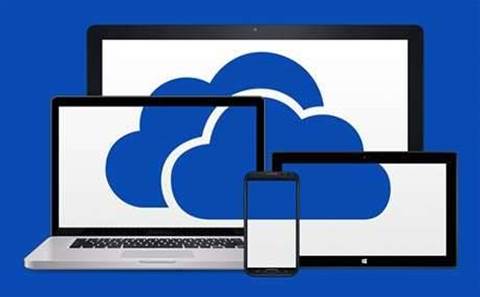This year, Microsoft watchers will have their eyes on Redmond with one question in mind: has CEO Satya Nadella done enough in his first year for Microsoft reclaim its former glory days?
Nadella has openly stated that the company’s future is tied to the cloud (so has almost every other software company). Microsoft needs to win big with the cloud. It has struggled to make an impact in mobile, and desktop operating systems aren’t nearly as critical as they used to be.
Microsoft gave one of the last press conferences for 2014 at the Hilton in Sydney. The big news was that Office 365 and Dynamics CRM Online would be hosted locally in Australia. Redmond flew out a senior VP, John Case, who heads up the Microsoft Office division, to make the announcement.
Case’s pitch was that Microsoft wanted to be a “platform for innovation” with a tripartite strategy comprising productivity (Office 365), business applications (Microsoft Dynamics) and platform (Azure, with infrastructure- and platform-as-a-service).
As Case pointed out, Microsoft has the only comprehensive set of tools that lets enterprise customers do hybrid, private and public cloud. The company claims it has 20 million businesses using one of its cloud products, which together have already reached annualised revenue of US$4.9 billion.
The pitch showed where Microsoft’s priorities lie for 2015. Nadella may be willing to sacrifice the former exclusivity of Microsoft Office by porting it to competing mobile operating systems; a critical step in maintaining relevance. But Nadella desperately wants to own enterprise cloud.
It’s a smart move, returning Microsoft to its business roots and leaving to one side the brutal consumer market, carved up every which way by a collection of unassailably powerful brands (Apple, Google’s YouTube, Facebook).
Microsoft faces questions of relevance within the enterprise too. There is just no way it can expect to resurrect its monopoly at a time when the number of online programs has exploded to cover niche tasks and industries of all colours.
Surely, I asked, enterprise customers would be best to take a best-of-breed approach, to harness this wave of innovation rather than seek the comfort of a single overarching technology suite?
Case, as expected, disagreed. However, his answer was surprisingly convincing.
“I think the suite is incredibly relevant. I talk to many CEOs and CIOs who say they want to bet on one company for their end-to-end enterprise services,” Case said.
Showing the depth of its desire, Microsoft is in the process of forming partnerships with rivals such as Dropbox (competes with SharePoint Online and Microsoft OneDrive) and Salesforce (competes with Dynamics CRM Online). The latter announced a global partnership with Microsoft in October at its own Dreamforce event, where it showcased joint products such as Salesforce1 for Windows and Salesforce for Office.
“You will be seeing partnerships that you’ve never seen before. Our customers are working with other products and we need to work with them,” said Pip Marlow, Microsoft managing director for Australia.
This is very different behaviour from Ballmer’s uncompromising monopolist of the past two decades.
Then again, Microsoft has been quietly changing its stripes through acquisitions. One of the big sleepers is Skype. Overnight Microsoft picked up 25 percent of all international call traffic. After the conference, Case told me Microsoft has been obtaining regulatory approvals, country by country, to be recognised as a telco.
“Microsoft will be a voice company. If you do voice, you do video and you do broadband,” Case said.
Hang on – won’t that ruffle the feathers of one of its sizeable local partners?
“Yes, we will compete with Telstra but they will also be able to sell our stack end to end,” Case said.
This could be as big a change for Microsoft as was IBM’s shift into consulting. Nadella is pushing the company into new territory with a vision that is more exciting and interesting than anything under Ballmer’s reign.
Now let’s see if it works.
Sholto Macpherson is a journalist and commentator who covers emerging technology in cloud





_(11).jpg&h=142&w=230&c=1&s=1)






.jpg&w=100&c=1&s=0)
_(8).jpg&w=100&c=1&s=0)









